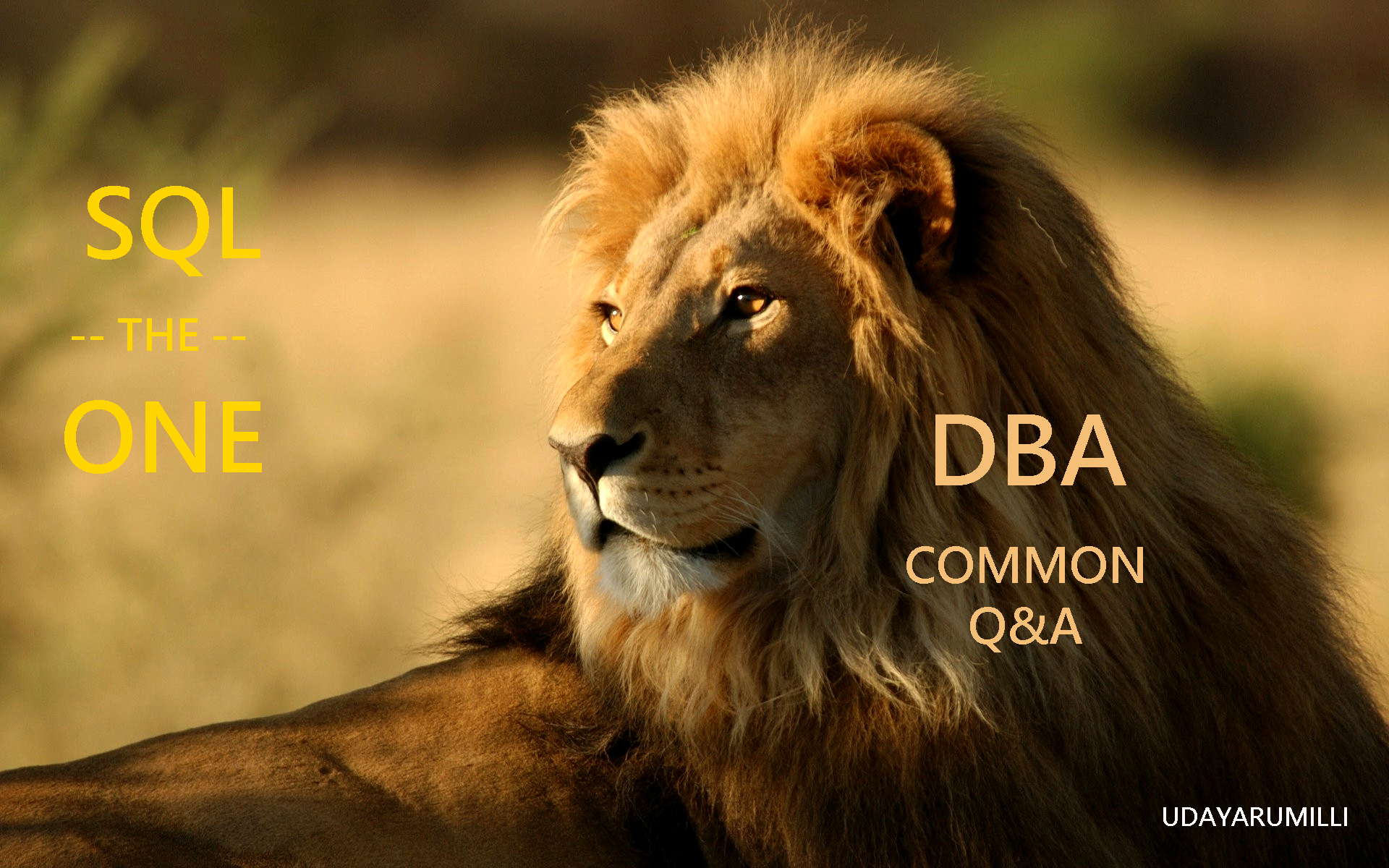1000 Plus SQL Server Interview Questions and Answers
SQL THE ONE Book Preview
The book “SQL THE ONE” contains 1000 Plus SQL Server Interview Questions and Answers. This post takes you through the SQL THE ONE book preview and insights. SQL Server interview questions are categorized into 12 chapters which makes interview preparation easier. Below is the category wise question count:
Please click on the chapter name to view the top questions.
There are total 1000 Plus SQL Server Interview Questions and Answers available in this book and you would see most of the questions are answered with lengthy explanation which gives you more insights of the specific topic. Usually in any interview you might find a chain questions which means a question comes from the previous question answer. “SQL THE ONE” is not just for interview preparation it also helps you to quickly revise and understand the SQL Server concepts. For any comments / Feedback / concerns please reach us on sqltheone@gmail.com.
Visit here for more details about the book availability and formats













